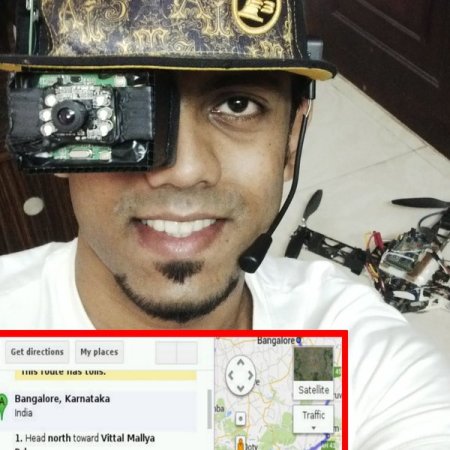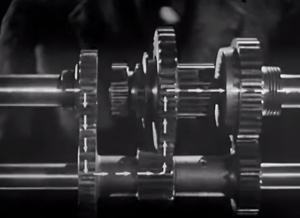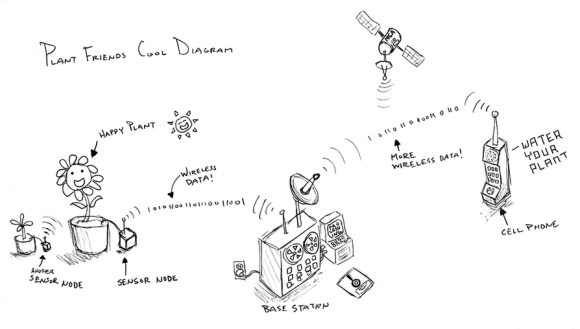
[Arvind] has dropped his hat in the game of head mounted displays. With Google Glass pushing $1,500, it’s only natural for hackers to make a cheaper alternative. [Avind’s] $80 version might not be pretty, but it gets the job done.
Using a Raspberry Pi loaded with speech recognition software, a webcam, 2.5 inch LCD display and a handful of other parts, [Arvind’s] hat mounted display allows him to view email, Google Maps, videos or just about anything he wants.
An aspheric loupe magnifier lens lets him see the display even though it sits around 5cm from his eye. No outside light is allowed in. Only the guts of the webcam were used to give him the video and microphone. We’ve seen other head mounted displays before, and this one adds to the growing collection. Be sure to check out [Arvinds] site for a tutorial on how to build your own, and catch a video of it in action after the break.




 Simple machines are wonderful in their own right and serve as the cornerstones of many technological advances. This is certainly true for the humble lever and the role it plays in manual transmissions as evidenced in this week’s Retrotechtacular installment,
Simple machines are wonderful in their own right and serve as the cornerstones of many technological advances. This is certainly true for the humble lever and the role it plays in manual transmissions as evidenced in this week’s Retrotechtacular installment,  Next, we are shown how engine power is transferred to the rear wheels: it travels from a gear on the engine shaft to a gear on the drive shaft through gears on the countershaft. At low speeds, we let the smallest gear on the countershaft turn the largest gear on the drive shaft. When the engine is turning 90 RPM, the rear wheel turns at 30 RPM. At high speeds using high gears, the power goes directly from the engine shaft to the drive shaft and the RPM on both is equal. The film goes on to explain how the gearbox handles reverse, and the vast improvements to transmission life made possible through synchromesh gearing.
Next, we are shown how engine power is transferred to the rear wheels: it travels from a gear on the engine shaft to a gear on the drive shaft through gears on the countershaft. At low speeds, we let the smallest gear on the countershaft turn the largest gear on the drive shaft. When the engine is turning 90 RPM, the rear wheel turns at 30 RPM. At high speeds using high gears, the power goes directly from the engine shaft to the drive shaft and the RPM on both is equal. The film goes on to explain how the gearbox handles reverse, and the vast improvements to transmission life made possible through synchromesh gearing.











